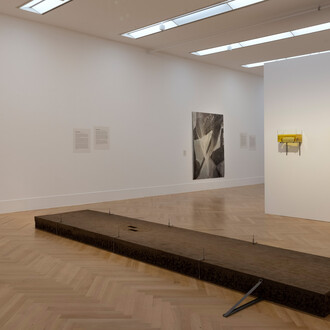Opening with the exhibition Iran. Ancient Cultures between Water and Desert, a Persian garden on the piazza in front of the museum beckons visitors to linger and enjoy its pleasures. Several gardens in Iran have been designated as Unesco World Heritage sites.
You don’t have to die to go to paradise, provided you have a garden.
This Persian proverb testifies to the significance and appreciation of gardens in Iran. And indeed, the modern word »paradise« goes back to the ancient Avestan word pairidaēza, meaning »walled«, as in a walled garden. In Middle Persian, this became pardes and in Ancient Greek parádeisos. The earliest recorded Persian Garden was built by Cyrus the Great in the sixth century BC.
Iran distinguishes between different types of gardens, those in public spaces and those that are private and surrounded by residential buildings. All gardens are divided into four quadrants and laid out around the life-giving element of water.
Rather than replicate a specific garden, our garden recreates a horticultural archetype that remains the foundation of garden design in East and West. Light and shade, heat and cool freshness, the soothing burbling of water, the heady scent of flowers – a garden is a manmade paradise. Do come in and enjoy the atmosphere of the Persian Garden, an oasis for the mind and the senses!
















